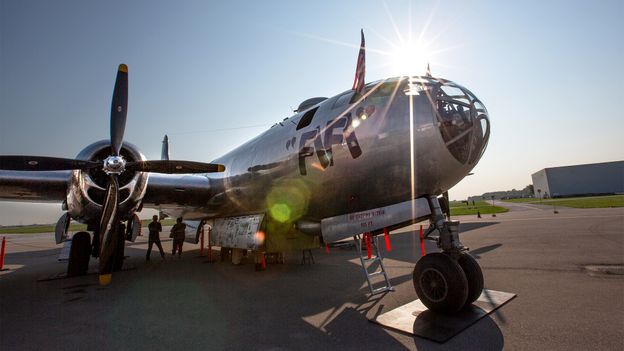Introduction to the B-29
The B-29 is widely regarded as the most advanced propeller-oriented aircraft in the world as of 1945. This aircraft included a multitude of innovations that would pave the way for a new era in civil aviation. According to Kinney, these innovations were significant and would have a lasting impact on the development of aviation.
Innovations and Impact on Civil Aviation
The B-29 was used as a foundation for the 377 Stratocruiser, which was Boeing’s first large plane with a pressurized cabin. This plane could carry up to 100 passengers, setting the stage for the larger airlines that would follow in the 1950s. At that time, Pan American World Airways was at the forefront, transitioning from flight boats to propeller-oriented aircraft. One of the most famous posters from this era features a Stratocruiser and the Eiffel Tower, symbolizing the ability for people in the USA to travel to Europe by air. This concept marked the beginning of a global network of aviation routes, which would become the hallmark of international airlines.
Ground Impact and Infrastructure Development
The B-29 also had a significant impact on the ground. Due to the global nature of World War II, paved landing strips and airfields were constructed all over the world. The runways built for the B-29 were particularly long, with the aircraft requiring about 1.6 km (a mile) to take off. These long runways would lay the foundation for a global airport network, facilitating the civil aviation boom of the 1950s, as noted by Kinney.
Legacy and Preservation
Of the nearly 4,000 B-29s built in the 1940s, only 22 survive, including two examples that are still capable of flight in the USA. The preservation of these aircraft is a testament to their historical significance and the important role they played in the development of modern aviation. As Hattie Hearn noted, the sheer size of the B-29 made it a challenging task to dismantle and transport, especially considering that some of these planes had not flown for at least 20 years. Despite these challenges, the legacy of the B-29 continues to inspire and educate, serving as a reminder of the innovations and advancements that paved the way for modern air travel.

